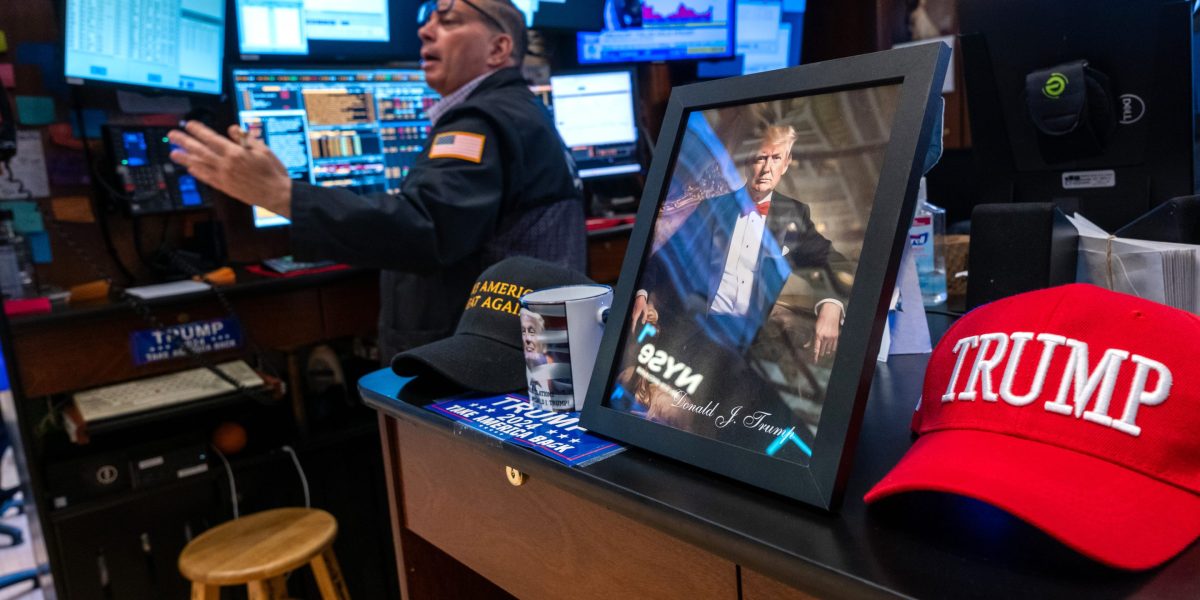The combination of kids and too much screen time comes with no shortage of worries: cognitive delays, executive functioning issues, and higher rates of depression, anxiety, and insomnia are all associated with letting little eyes on smartphones, tablets, or other screens too early and too often.
Still, the research—as well as dire warnings, issued by everyone from the American Academy of Child & Adolescent Psychiatry to social psychologist and author Jonathan Haidt, who pleads for no smartphones before high school—still goes ignored by many parents.
Sixty percent, in fact, say their children started using technology before they could read, according to the findings of a Harris Poll commissioned by Bright Horizons, the national early education company. And nearly three-quarters (73%) admit their children could use a “detox” from technology, including 68% of parents with kids under 6.
Screen time recommendations from the American Academy of Pediatrics (AAP) says it should be extremely limited for children under 2, and then only if co-viewed with an adult who can talk and teach alongside the program. “Children younger than 2 learn and grow when they explore the physical world around them. Their minds learn best when they interact and play with parents, siblings, caregivers, and other children and adults,” the guidance notes.
For those 2 to 5, meanwhile, screen use should be limited to an hour a day, and should mostly (or only) consist of two-way video chats or an educational show like Sesame Street.
But according to data from Common Sense Media, kids under 2 are watching just over an hour a day, while kids 2-4 are watching for two hours and eight minutes daily.
Why aren’t parents heeding the warnings, particularly since 49% say they are concerned for their children’s mental health, according to the Bright Horizons report, and 42% worry about the amount of screen time their kids engage in?
Part of it appears to be desperation—as 55% of parents said they use screens as a bargaining chip to get their kids to do chores or homework, while an even higher percentage (58%) say they often rely on screens to keep their children quiet while shopping or dining out.
Also, as psychologist Becky Kennedy, aka Dr. Becky, previously told Fortune, this is uncharted territory. “I don’t think parenting has ever come naturally,” she says. “But the idea that parenting would be natural in a digital world with all of this stuff available to our kids is at best a joke—and at worst, a way to purposely make parents feel awful about themselves.” She stressed that parents should not beat them themselves up over it all. And the more we are immersed in our own phones, she explained, the harder it is for us to set boundaries for our kids.
Still, said Kennedy, who partnered with Haidt to create a guide for parents looking for help with kids and screen time, the potential cost of not setting such boundaries “has never been higher.”
It’s why Rachel Robertson, Bright Horizons Chief Academic Officer, finds the new survey’s findings so worrisome, and stresses that it’s important to “think about playing the long game” when it comes to child development.
Risks with too-early, too-much screen time for little kids
“We are helping these little people develop the foundation they need for the rest of their lives,” Robertson says. “They are going to be future adults. What do children need now in their development, in the amazing first five years of life, that will prepare them to thrive for the rest of their life? Screens do not add to any of that early development—and in fact, they can really detract from it, and we can’t get that time back.”
For example, says Robertson, an early-education expert, if you take your little kid to the grocery store and they are starting to fuss while sitting in the shopping cart, you might give them a screen as a distraction. “It certainly helps them, in the moment, to calm down. But long-term, they have missed an opportunity to develop regulation skills, to manage emotions, and to build their executive function to persist through waiting times,” she explains.
Providing that easy out with a screen, she says, does not build the foundational cognitive and social emotional skills they need and which they will rely on for the rest of their lives. Doing it once or twice is not a big deal, she says—but using a screen as a distraction every time at the store “will have a significant developmental impact for children.” She also points to the work of Haidt, who highlights a range of studies showing that anxiety and other social, emotional, and mental health issues, particularly in teens, are related to long-term screen use.
A body of science supports that, in order to develop cognitive, language, and other skills, young children need to experience the world hands-on, explains Robertson, such as through playing with toys or interacting with caregivers. Watching screens leaves them less available to interact or hear words, raising the possibility of language, cognitive, or social delays, found a recent study.
Another study found that preschoolers who had more screen time than recommended by the APA had lower development in the part of the brain supporting language and early literacy skills, while yet another found the more time a 1-year-old spent watching screens, the more likely they would have communication and problem-solving delays at ages 2 to 4.
Below, Robertson offers tips about how parents can begin to rely less on devices with their kids.
Be intentional
One problem Robertson has witnessed is what she calls a “lack of intentionality.” When there are screens built into grocery carts and the back of taxis and the seats of airplanes, she says—or even in your hand as you simultaneously scroll and hold your kid—“you can very easily have your child exposed to an incredible amount of screen time without making intentional decisions about it. You actually have to make intentional decisions for them not to be exposed to it.”
And it just takes a bit of creativity to avoid screens with your little one, she says—like gathering an interesting array of knicknacks, like plastic bottles, action figures, and paper and crayons, into a bag to keep in the car. “Then, when you have to wait somewhere, that special bag comes out, and you can see what creative things can happen,” she says. “There’s a reason kids like the cardboard box” instead of the toy, she adds. “It’s so open-ended and creative.”
Another simple trick is to just have a couple little old-fashioned games that you initiate when needed—“Simon Says” or a color or shape hunt or “I Spy” contest when you’re in a supermarket or in the car or a waiting room, for example. And don’t forget books.
“Children really like repetition, like with the same book over and over again,” she says. “They love to be able to start to predict. They build confidence from that. They feel safe from that, and their imagination can explore from that.”
Help kids use screens for specific purposes
Robertson is not saying to never let your kid use a screen again. But how it’s used is important, she stresses.
Let’s say you’re rushing to cook dinner after a frazzled day at work. While getting your kid involved with measuring ingredients is a great way to engage them, it might be too much for the moment. Instead, let them use a screen to find something out—to discover a recipe for spaghetti sauce, for example. The assignment will not only keep them busy while you chop, it’ll actually be helpful with its answer.
“Then they’re researching and they’re critical thinkers, using technology for a purpose, and then they can contribute,” she says. “So that’s a great use of technology, and I think it allows them to still use it—not as an entertainment device, but as a tool. And that’s really what all technology should be: a tool.”
This story was originally featured on Fortune.com
Source link


 Entertainment8 years ago
Entertainment8 years ago
 Politics8 years ago
Politics8 years ago
 Entertainment8 years ago
Entertainment8 years ago
 Entertainment8 years ago
Entertainment8 years ago
 Tech8 years ago
Tech8 years ago
 Tech8 years ago
Tech8 years ago
 Tech8 years ago
Tech8 years ago
 Politics8 years ago
Politics8 years ago






